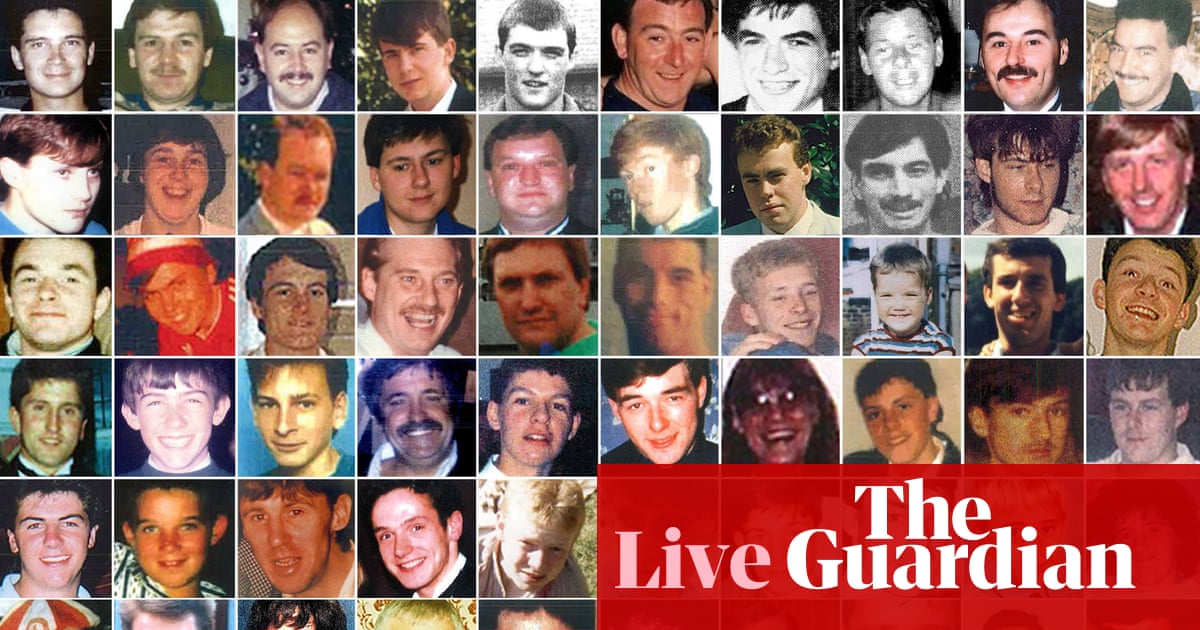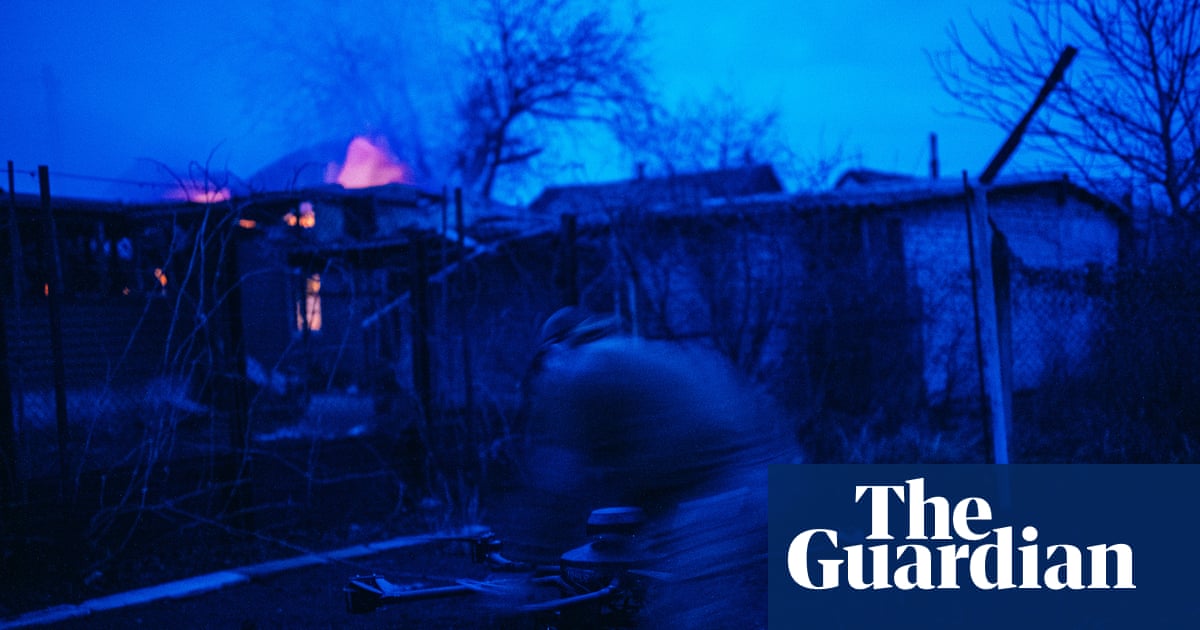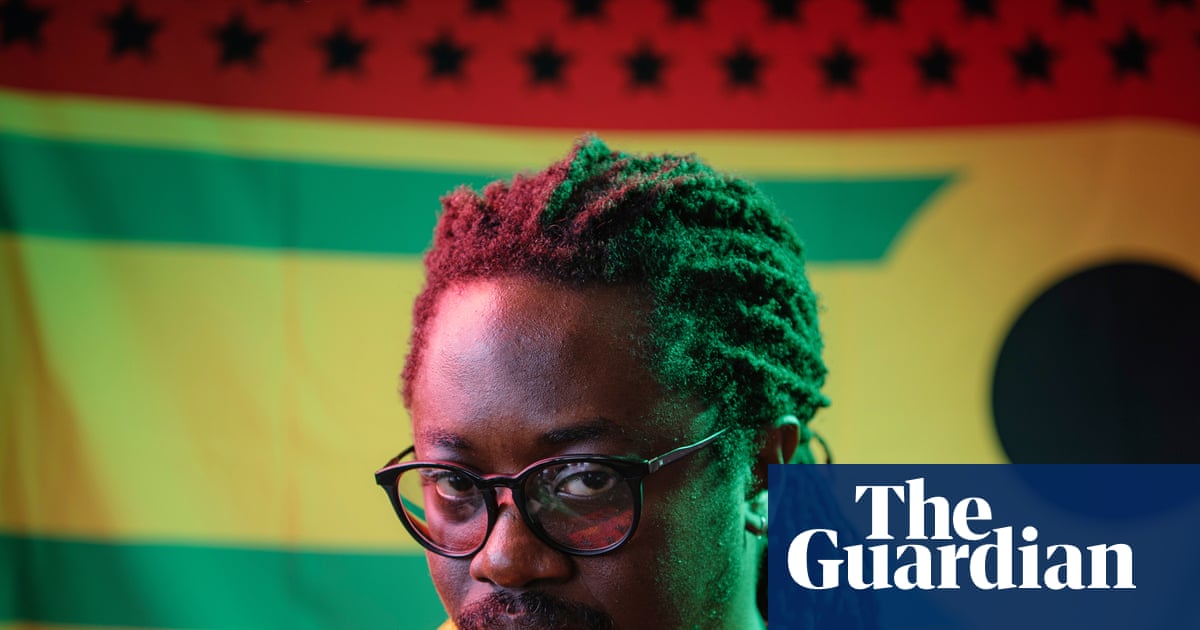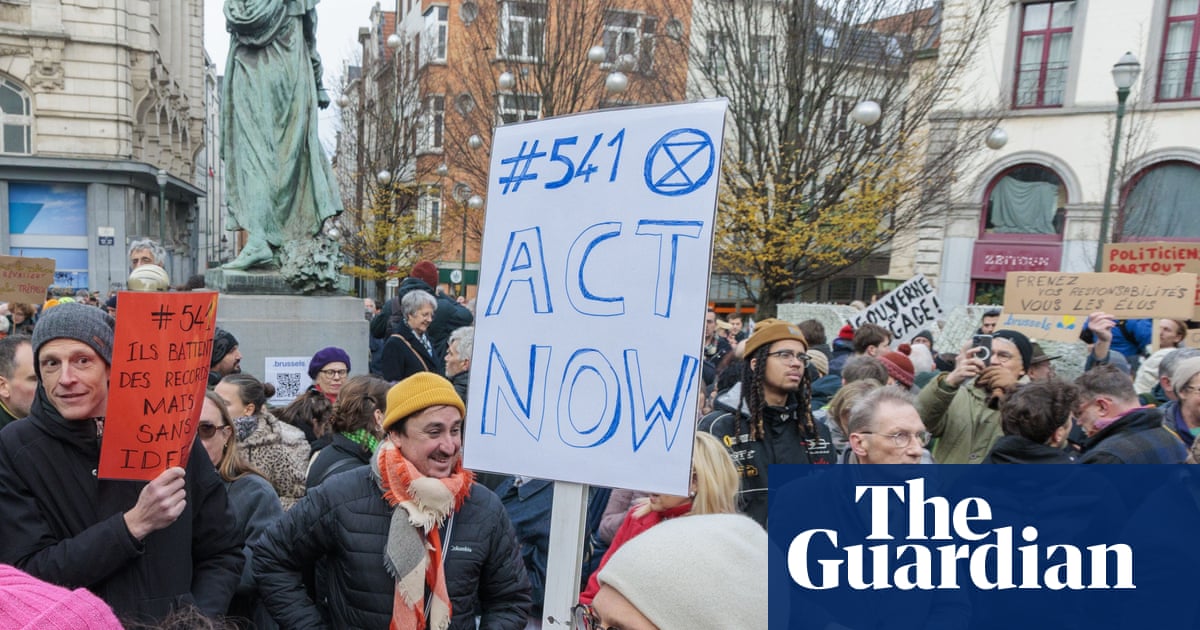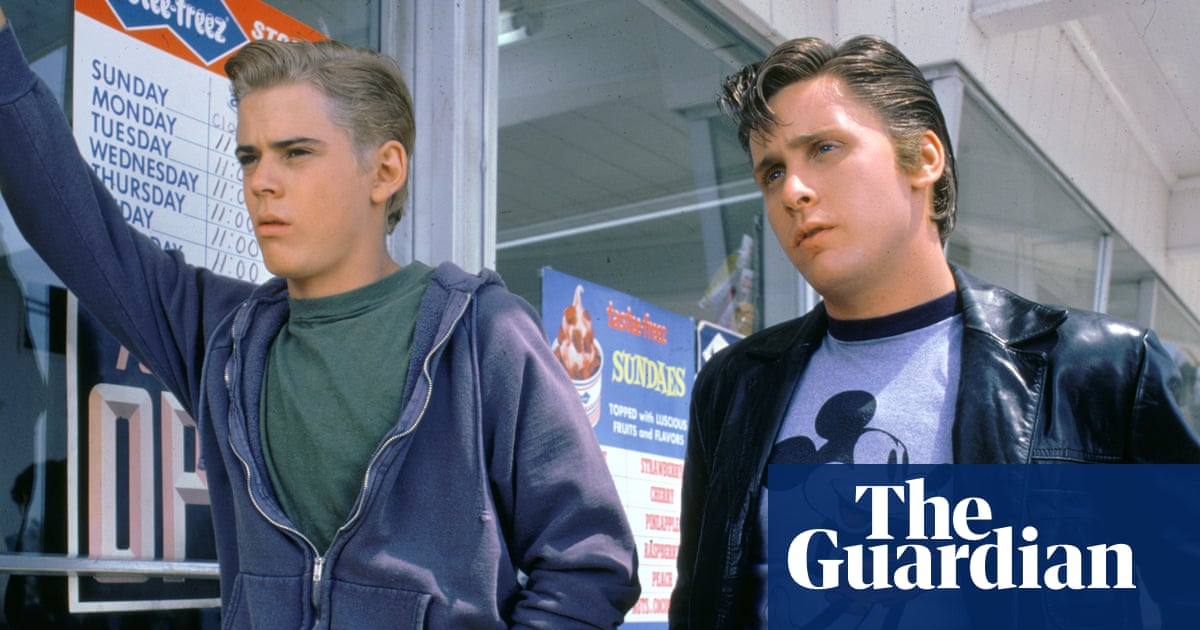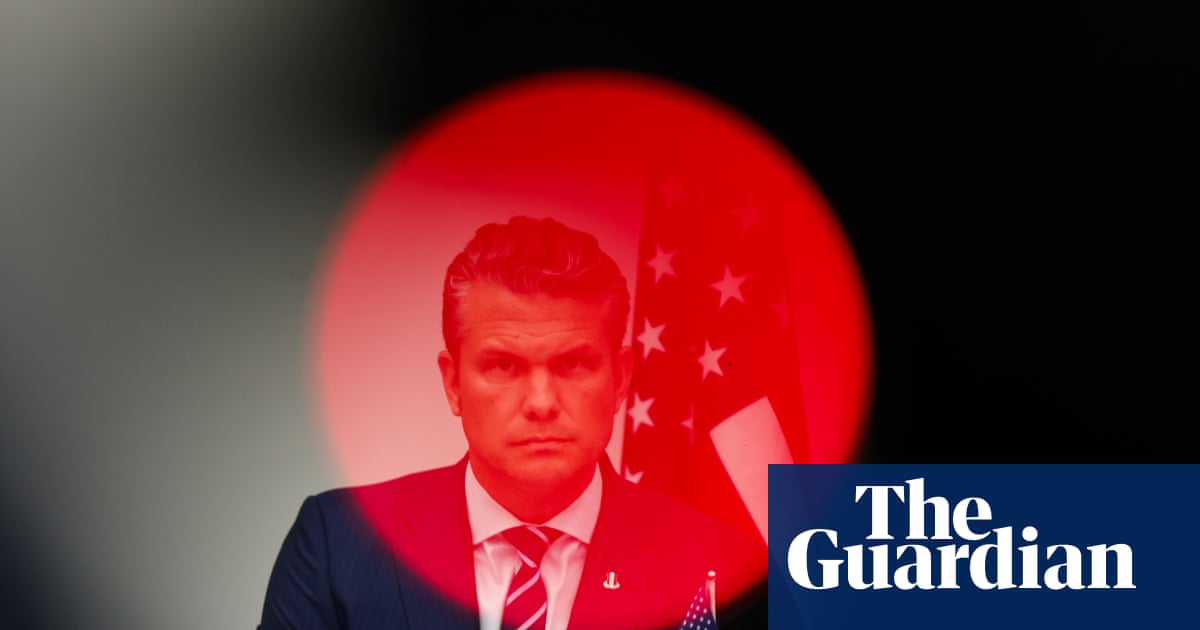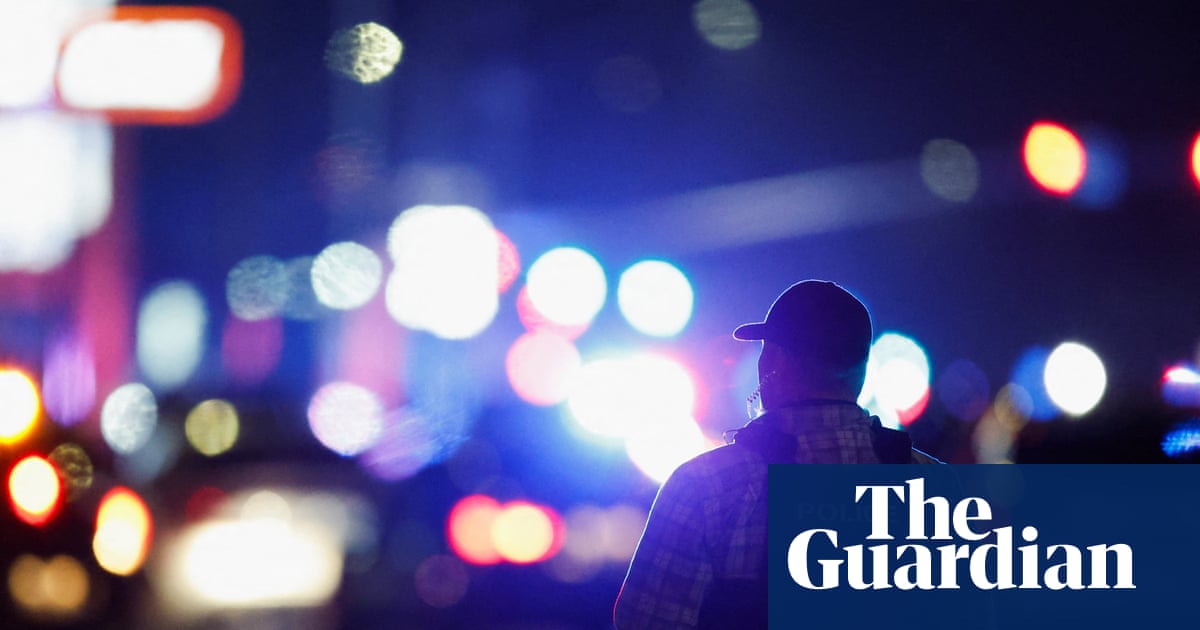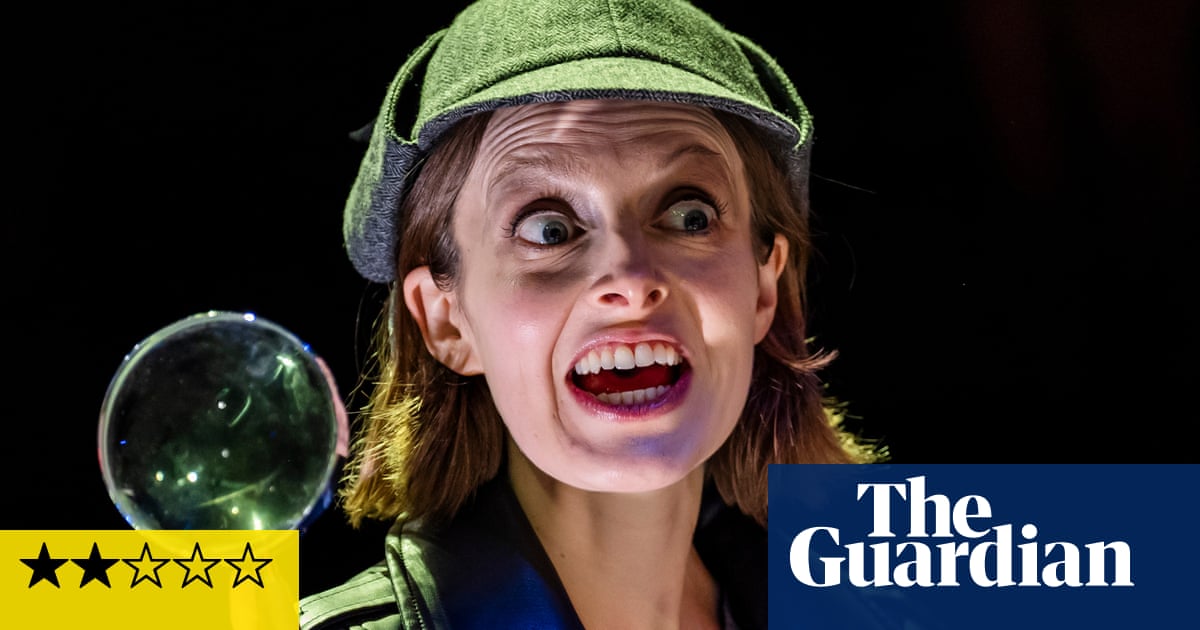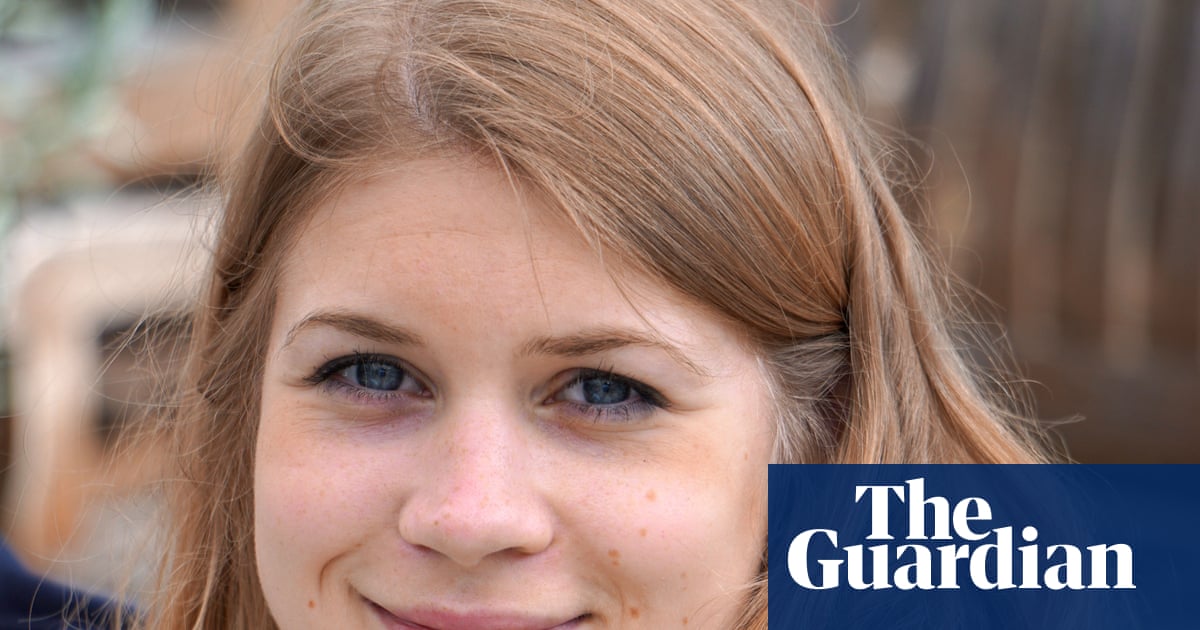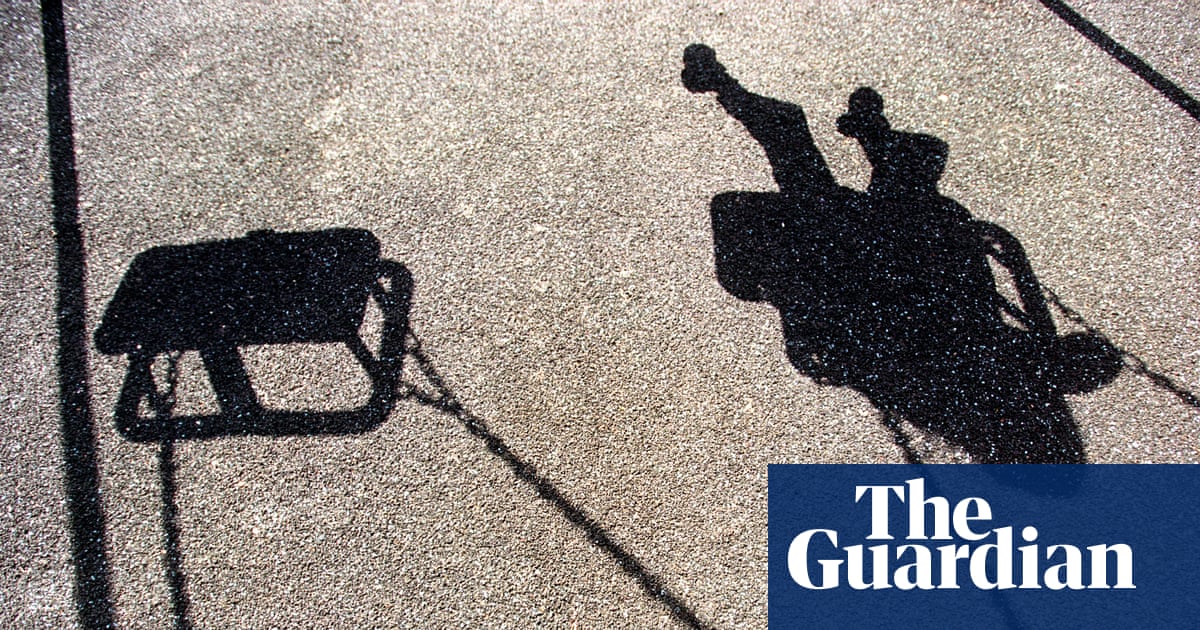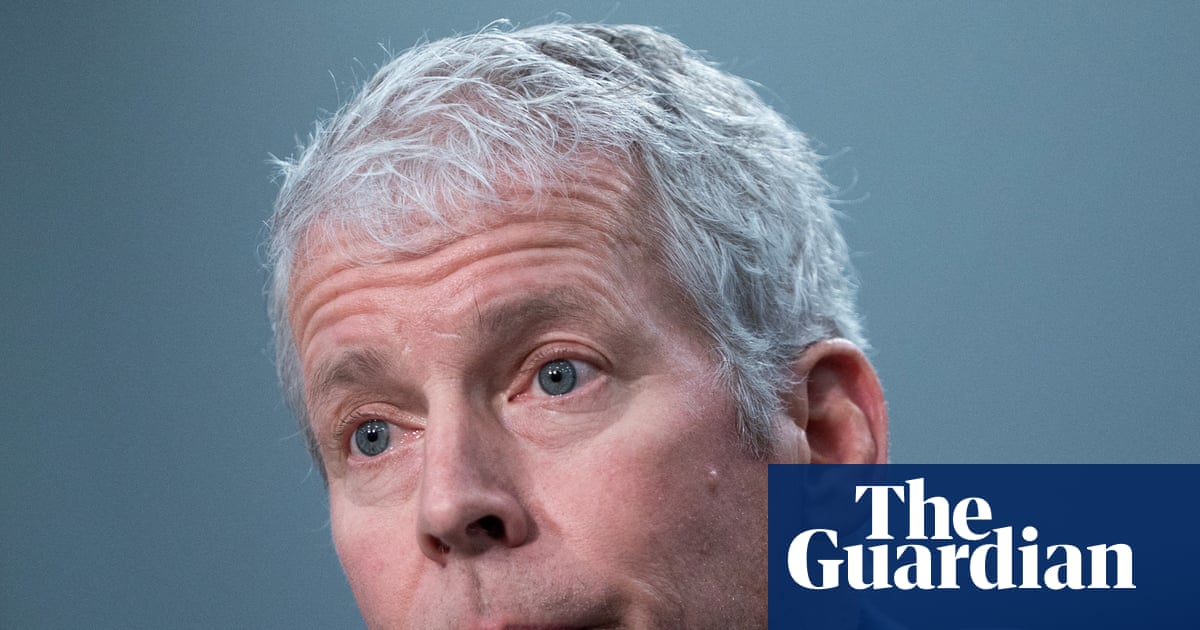It was the biggest Paris fashion week moment in years. There were two best actress Oscar winners in the audience (Mikey Madison, Charlize Theron) and the daughter of a third (Sunday Rose Kidman Urban) on the catwalk. There were so many K-pop stars that the teenagers of Paris had packed out the Tuileries gardens from dawn.
The French first ladies Brigitte Macron and Carla Bruni, both embroiled in news-making storylines of their own, chatted in the front row. The film-maker Luca Guadagnino designed the stage set around an upside-down glass pyramid directly invoking the Louvre, that shimmering icon of modern Paris.
“Well, Dior is drama,” shrugged Jonathan Anderson, the 41-year-old Northern Irish designer who was making his debut, backstage before the show. Dressed as usual in jeans, navy jumper and trainers – if you saw the most impactful designer of his generation in the self-checkout queue at Tesco Metro, you wouldn’t blink an eye – Anderson was facing up to the challenge.
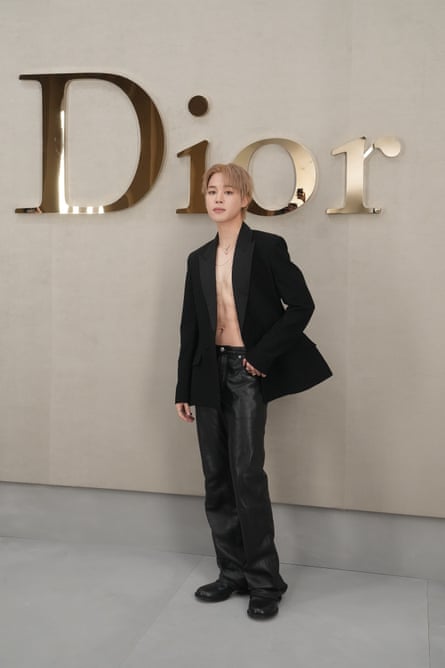
Nowhere is there more pressure to deliver a new look than at the house where, in 1947, Christian Dior’s New Look collection invented the idea of fashion as news. The global sensation caused by those postwar hourglass suits, which changed the way women dressed, are the Dior origin story.
And never has the pressure been more intense than 2025, when the £300bn global luxury industry luxury giant is battling a sharp downtown. All eyes were on this show – not just to reinvent Dior, but to jolt fashion itself out of its slump.
Anderson’s response was to “put the elephant in the middle of the room” with an opening film by the documentary maker Adam Curtis entitled Do You Dare to Enter the House Of Dior.
The five-minute Curtis fever-dream spliced mid-century couture dream-scenes with paparazzi chaos; horror movies with Marlene Dietrich; Diana, Princess of Wales, in couture; with John Galliano looking absurd in a spacesuit.
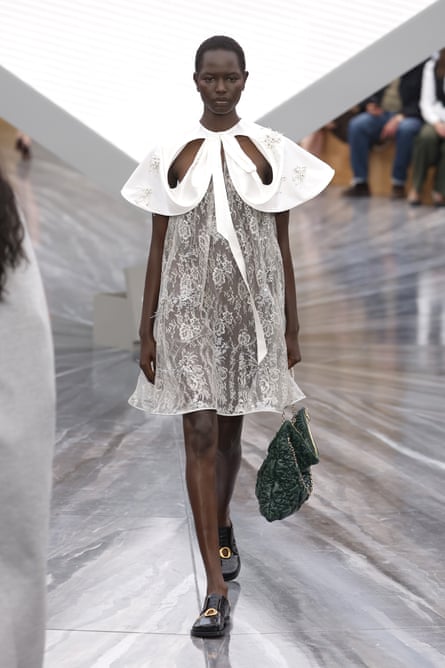
Like an opening montage at a Beyoncé gig, it absorbed the hype in the room and then whipped it up further. Anderson had brought Curtis – usually to be found in the BBC archives crafting stories about Thatcherism, television and individualism – to Paris because “he is really good at rationalising, through visuals rather than words, how we got to this place politically and how we deal with it now”.
That Anderson has one of the biggest brains in fashion was never in doubt; the question mark over his Dior appointment has been whether an intellectual designer who can talk for hours about ceramics and important chairs and is curating an exhibition of the Welsh painter Gwen John would do something snappy enough to light up the Dior name in the public imagination. Dior needs to reach a much bigger audience than an Adam Curtis documentary.
Anderson went for the jugular by ripping up the New Look itself. The show began with a new Dior suit, telescoped cheekily upward from its elongated ladylike line so that skirts ended at the top of the thigh, where the hem of the original Bar jacket sat in 1947.

These knicker-skimmer skirts were in pink denim, or black leather, revealed by jackets that butterflied open at the waist. Hair hung loose, makeup was barely there. This was a Dior you could wear in Dalston.
“Dior can be a bit sugary,” Anderson said. In the Dior story, “the woman is often sort of the princess”.
Pretty still sells, though, even if it doesn’t make headlines. So there were confectionary counter dresses that spoke to Christian Dior’s love of flowers, with embroidered forget-me-nots and trompe l’œil hydrangea ruffles, and a reading of Byron’s She Walks in Beauty. (“Dior can get a bit camp. I don’t mind that.”)
after newsletter promotion

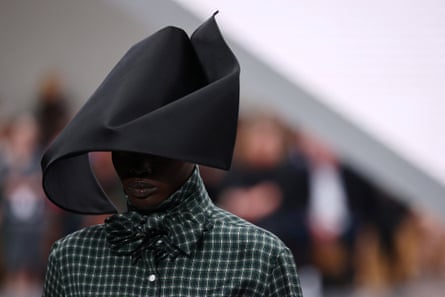
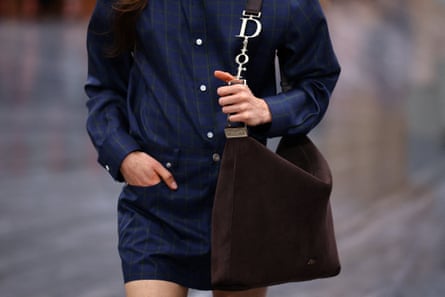
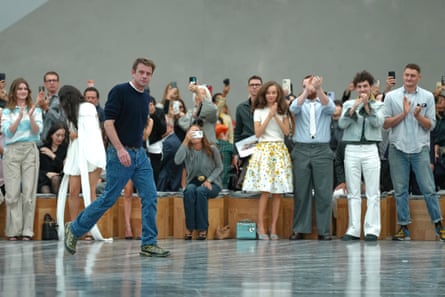
But there were also sinister beaked hats like black birds, and a scattering of the surreal-toned jokes that were Anderson’s calling card in his previous role at Loewe. A loafer branded with the “O” in Dior cut out to peekaboo the foot within, a sandal exploding with silk roses.
Curtis recently told The Face magazine that his films combine politics and culture because “then you can make pretentious shit entertaining”, and this is very much Anderson’s vibe. The prettiest house in Paris can speak to the current moment, he said, because “Dior was birthed out of war. It came out of trauma. It was France saying: ‘we’re back’. And now we are living in a bizarre moment, where we feel we have no control over politics or over politicians, so we throw ourselves into other things – like fashion and celebrity.”
Where the tip of the inverted pyramid touched the catwalk there was a shoebox in the house signature dove-grey. The message: yes, there are ghosts in the walls of Dior. Anderson’s job is to put them back in the box.


 2 months ago
72
2 months ago
72
